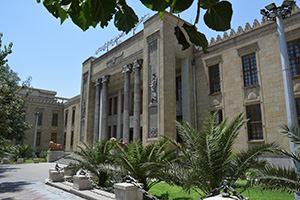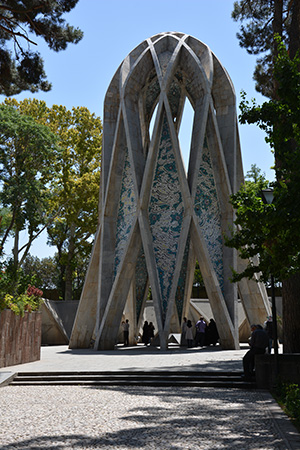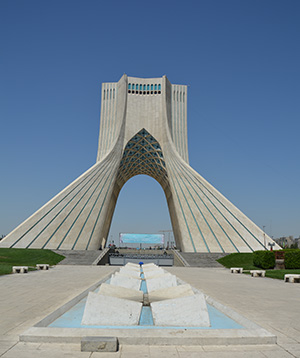-
Membership
Membership
Anyone with an interest in the history of the built environment is welcome to join the Society of Architectural Historians -
Conferences
Conferences
SAH Annual International Conferences bring members together for scholarly exchange and networking -
Publications
Publications
Through print and digital publications, SAH documents the history of the built environment and disseminates scholarship -
Programs
Programs
SAH promotes meaningful engagement with the history of the built environment through its programsMember Programs
-
Jobs & Opportunities
Jobs & Opportunities
SAH provides resources, fellowships, and grants to help further your career and professional life -
Support
Support
We invite you to support the educational mission of SAH by making a gift, becoming a member, or volunteering -
About
About
SAH promotes the study, interpretation, and conservation of the built environment worldwide for the benefit of all
Imagining the Nation: Influence of Nationalism on Architecture of Twentieth-Century Iran
Sahar Hosseini photographed 20th-century architectural sites in Iran influenced by contemporary nationalist movements and theories.
Aug 30, 2013
by
Sahar Hosseini
Buildings and complexes recorded in this collection of photographs represent a period in Iran’s history when architecture was employed as a means to define, represent and negotiate national identity. Like several other countries in the region, Iran’s 20th-century political stage is marked by a modernist-nationalist regime, that celebrated art and architectural heritage of Iran as an indication of its glorious past. From early decades of the 20th century up to the last years of the Pahlavi regime (1925-1979), and under the patronage of the state and its political and cultural elite, two generations of architects emerged, who employed the nation’s past to render its present and future in an optimistic light. Despite their dependence on contemporary western architectural theories, the outcome of their activities in Iran narrates a more complex relationship than mere imitation of western style.
Active during the interwar years, the first generation included German, French, Russian, and Iranian architects (such as Andre Godard, Nikolai Markov, and Karim Taherzadeh Behzad), who relied on the latest oriental theories of the time.[1] Celebrating the Aryan race and majesty of the pre-Islamic Persia, they adorned their buildings with elements recovered in recent archaeological discoveries at Persepolis and similar ancient sites. The National Bank, Tehran Post Office, Police Station, and Iran- Bastan Museum in Tehran, as well as Ferdowsi mausoleum in Mashhad were among the works carried out by these architects.

While the works of the former group were more eclectic in nature, borrowing particular elements from pre-Islamic architecture, the second group had a more holistic approach. Particularly active during the last three decades of the Pahlavi regime, they attempted to create a dialogue between traditional and modernist architecture. At the same time they shifted their attention from pre-Islamic architecture to those styles that flourished in Iran after the arrival of Islam. Represented by Iranians such as Houshang Seyhoon, Kamran Diba, and Hossein Amanat, this group particularly tried to employ Persio/Islamic elements and concepts to create a common language which could link modern architecture with traditional Iranian designs. Their style is exemplified by the mausoleum of Nader Shah in Mashhad, mausoleum of Khayyam, and Kamal-al-Molk in Nishabur, as well as Azadi Tower, Museum of Contemporary Art, and Niavaran Cultural Center in Tehran.


The present collection of photographs presents a selected number of architectural projects commissioned by these two generations. Located in various cities including Tehran, Mashhad, Nishabur, and Shiraz, they demonstrate the participation of foreign and local architects in the project of nation-building in Iran. Beyond the examination of the political agenda that was embedded in these buildings, this collection provides materials for detailed study of Iran’s nationalist architecture as part of a global movement, which was attempting to reconcile modern architecture with nationalists’ call for local identity.
[1] Godard’s approach was slightly different and can be considered an introduction to more subtle approaches of the next generation.


